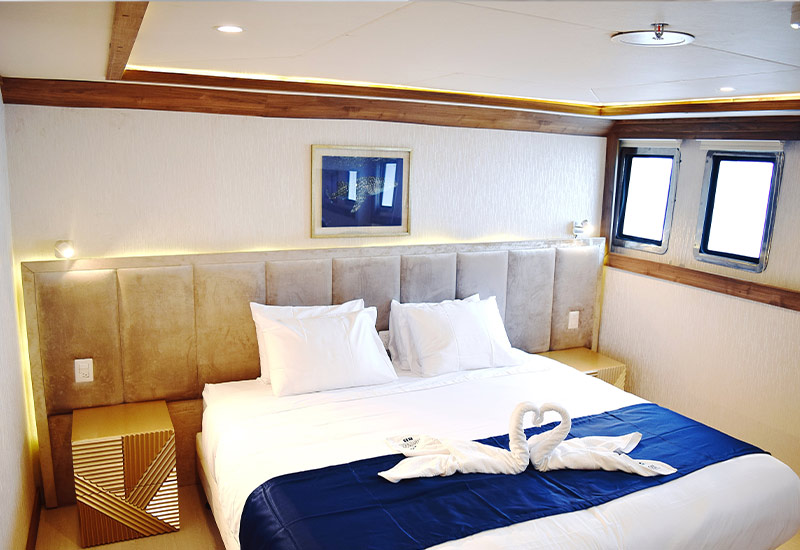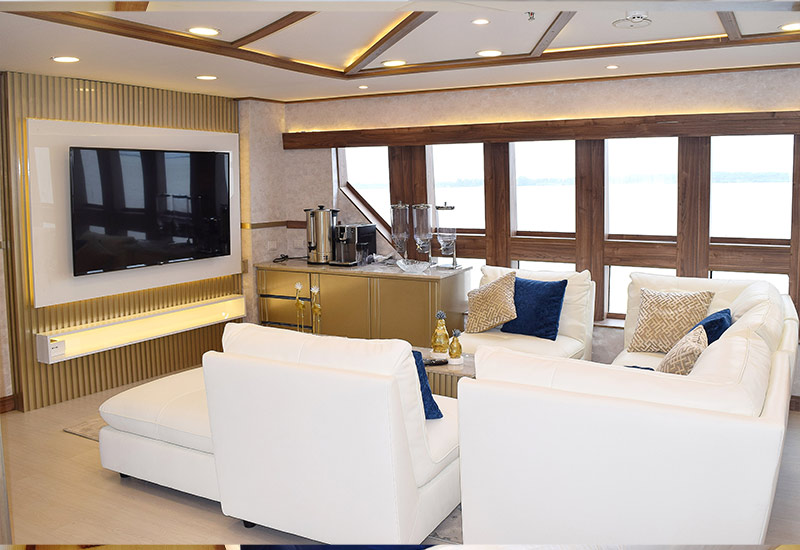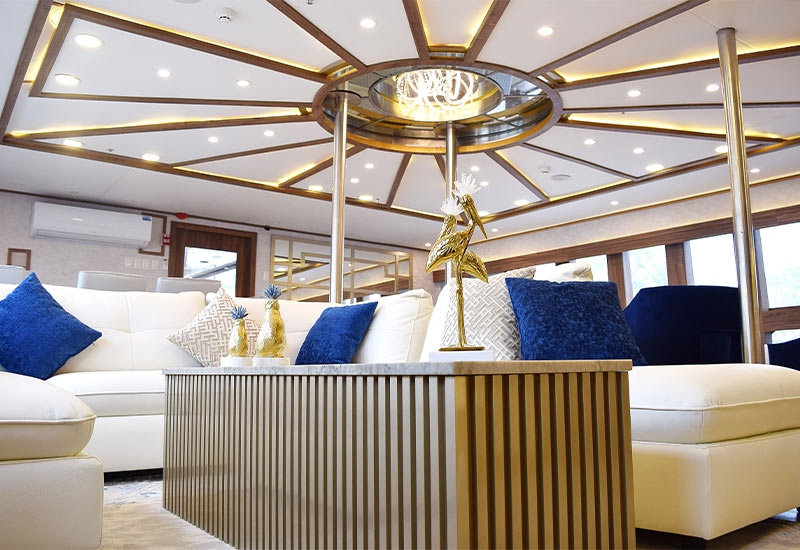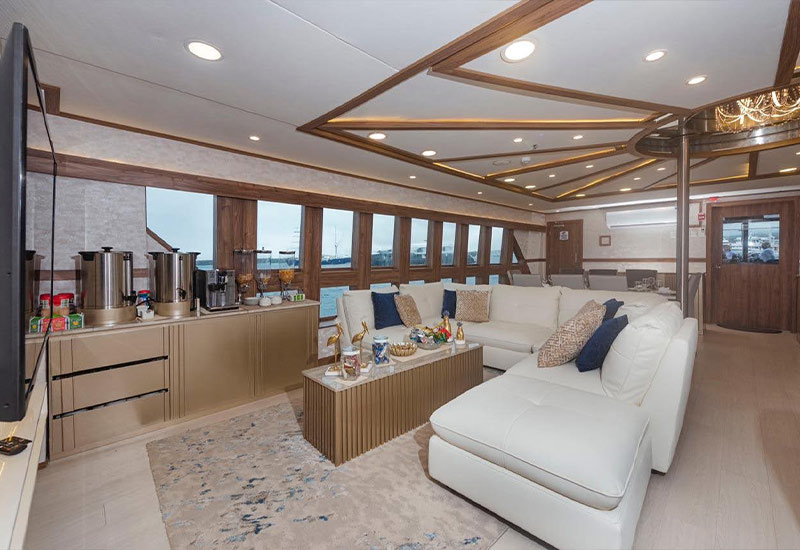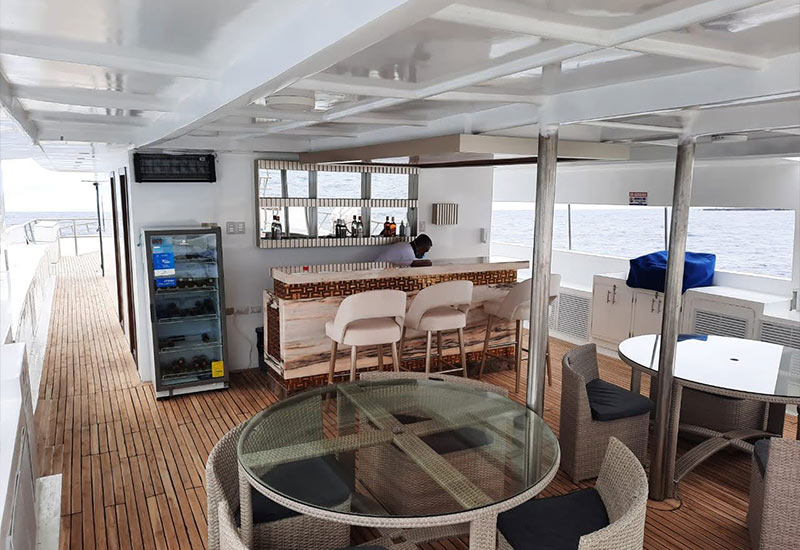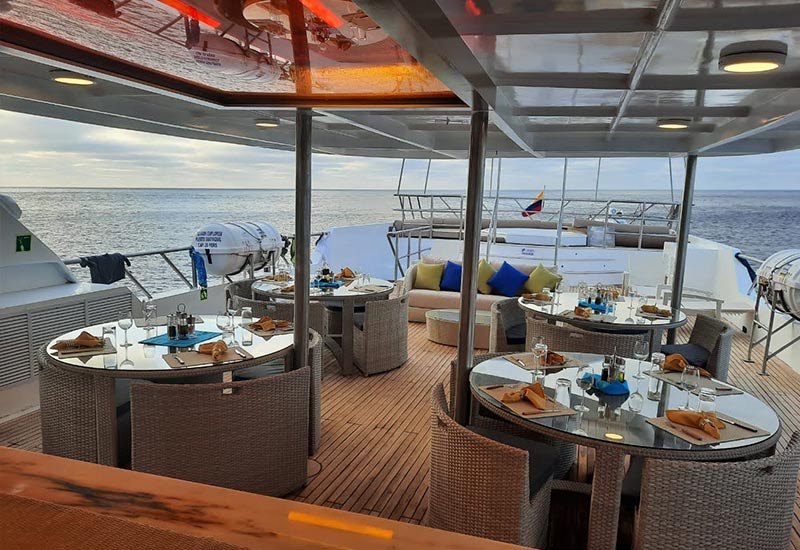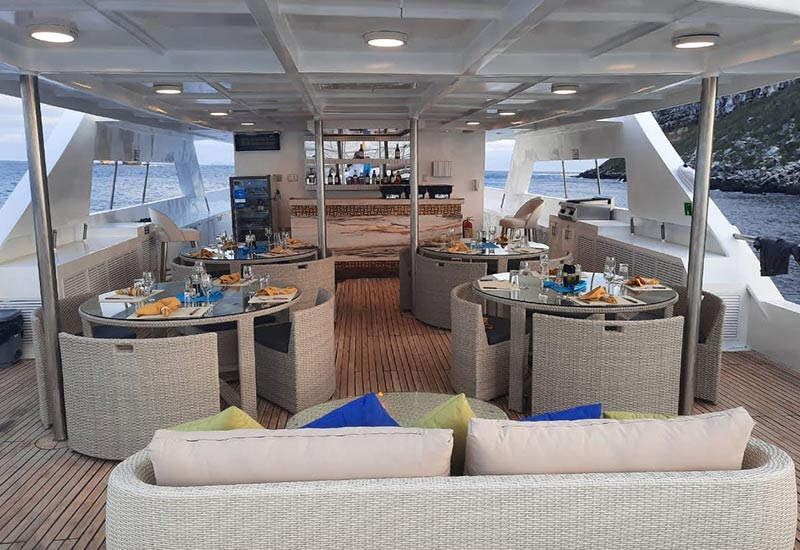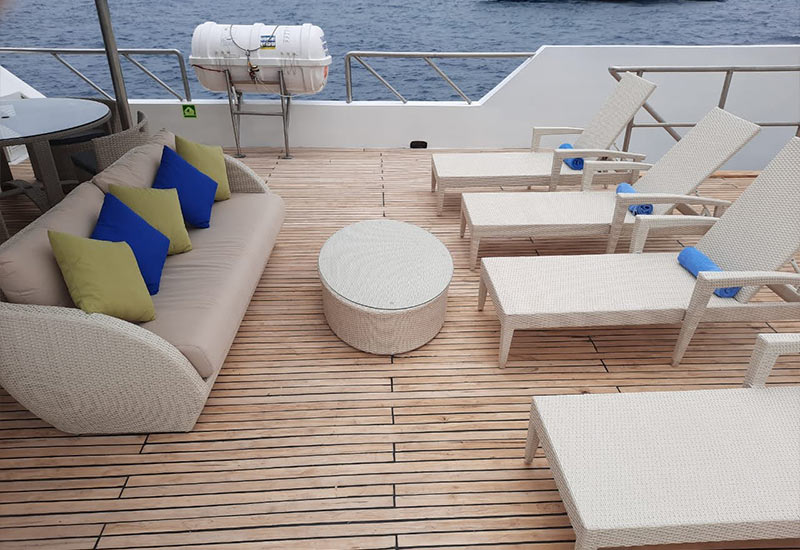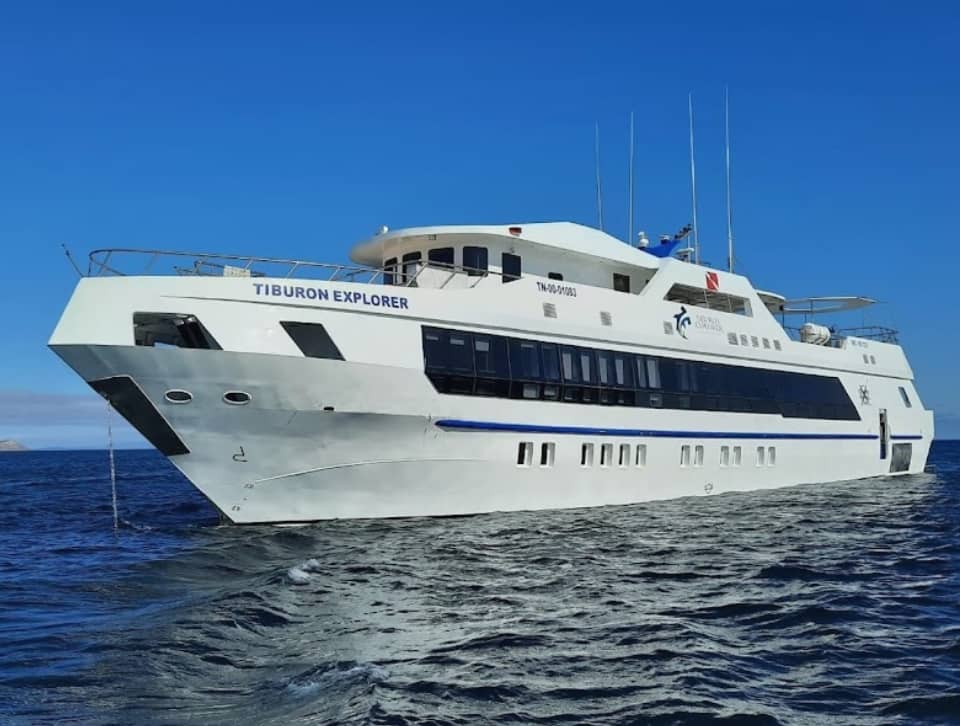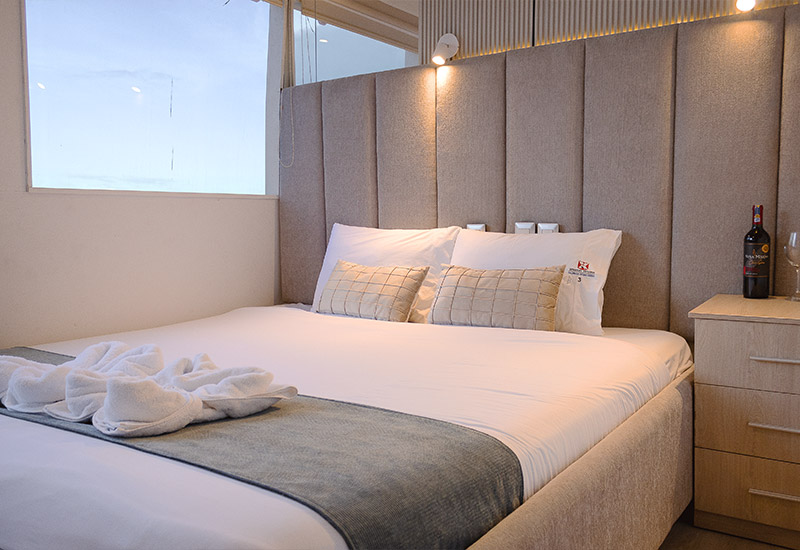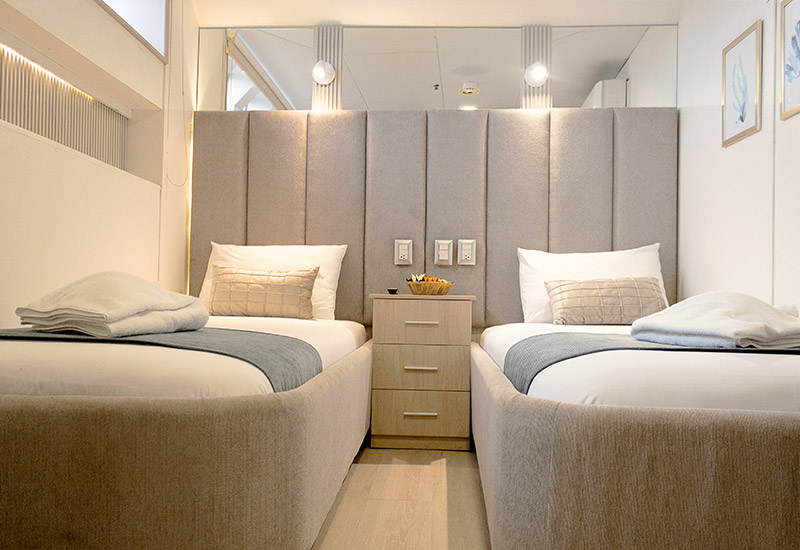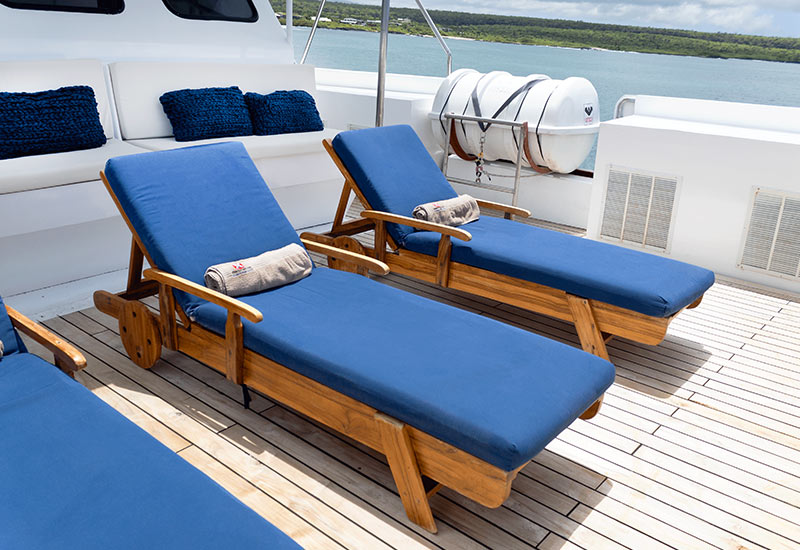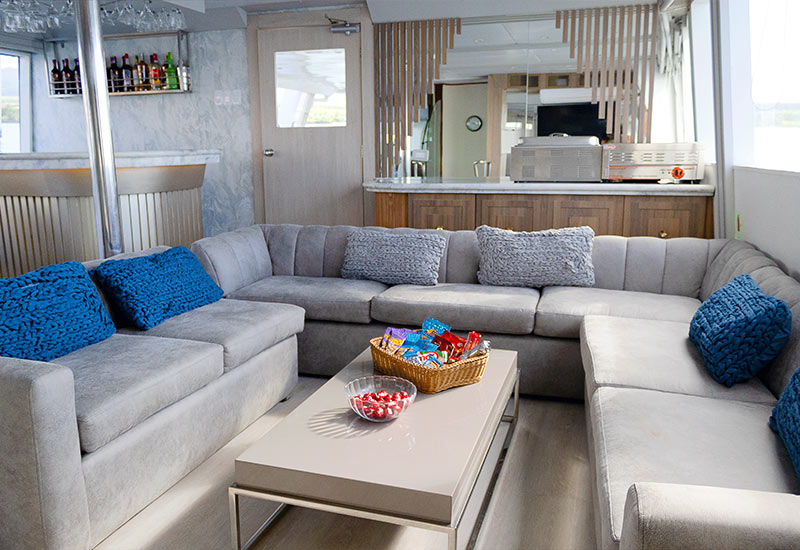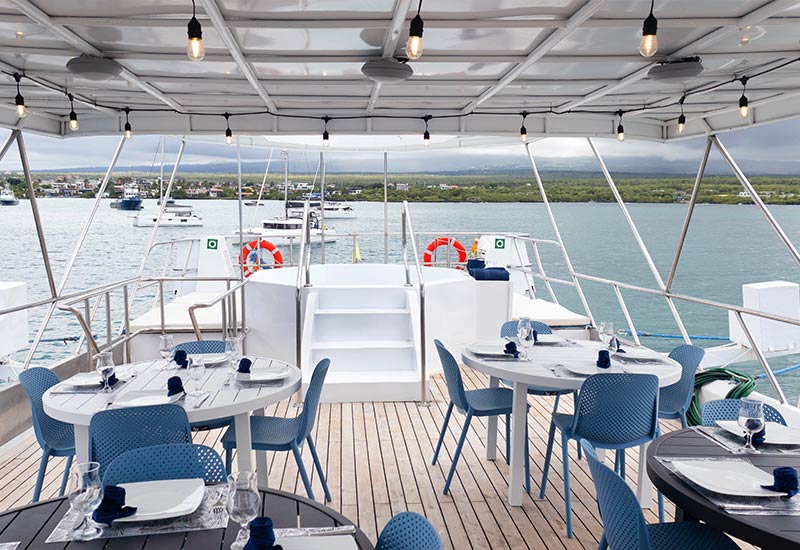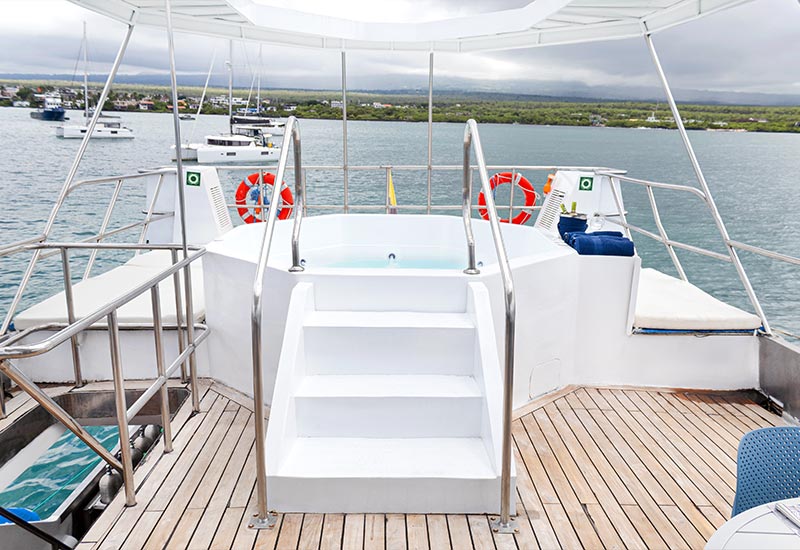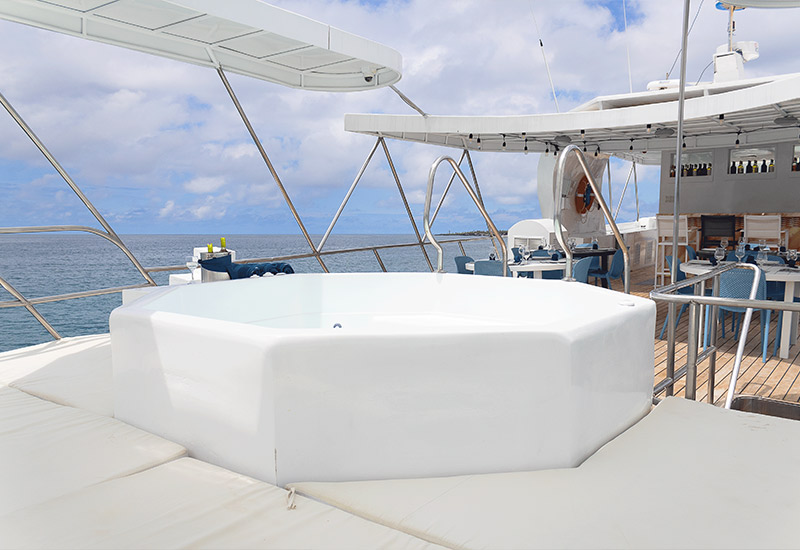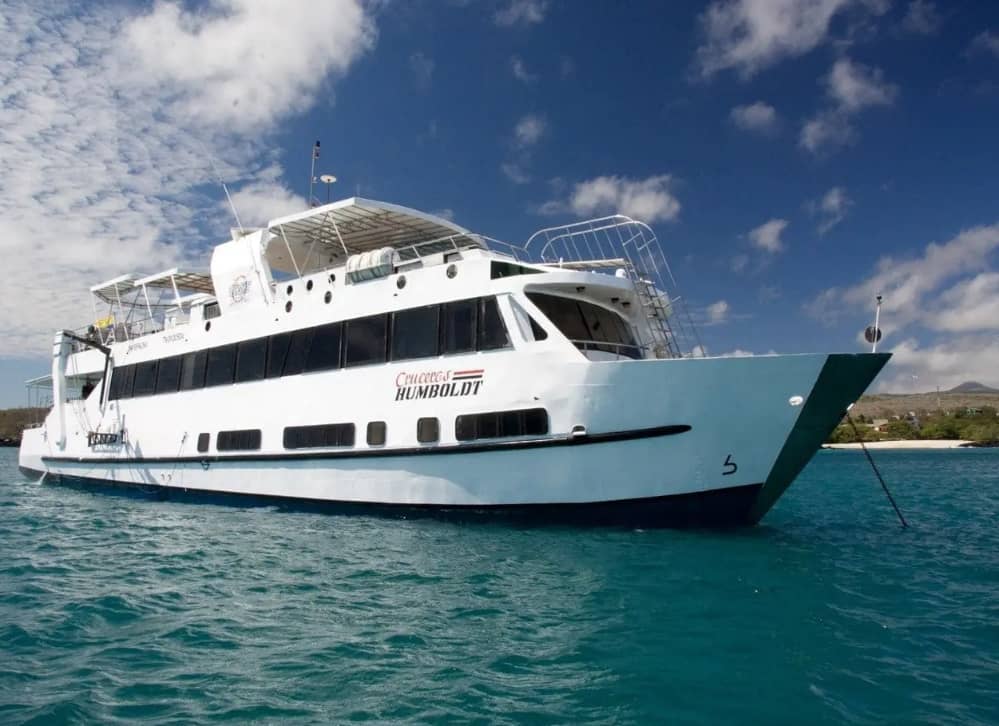All linens (including sheets, comforters, bath towels, hand towels, dive towels, and wash cloths) are provided on board.
If possible, pack your regulator, dive computer, mask, a swimsuit, change of clothes, medications and toiletries in your carry-on bag. Having these few items with you will make an unexpected luggage delay far more bearable.
There is a weight limit on checked-in luggage for flights to and from Quito and/or Guayaquil to the Galapagos of 44 pounds (20 kilos). An additional fee of up to US$1.70* per 2.2 pounds (1 kilo) to and from Quito will be charged for luggage over the limit and US$1.50* per 2.2 pounds (1 kilo) to and from Guayaquil. In addition, passengers are allowed a carry-on bag weighing no more than 17.6 pounds (8 kilos) and a personal item. All additional luggage fees must be paid in cash at flight time.
The vessel provides tanks, weights, and weight belts for your use. If you prefer to rent the rest of your equipment from us, we have all of the equipment that you will need. Please indicate on your application form what equipment you will require. Otherwise, the following items are the diver’s responsibility:
* Available for rent on board Most of our guests bring their own complete set of dive gear. This is the ideal situation, however, due to weight limits or additional travel plans some of our guests choose to rent gear. We strongly recommend that you bring your own mask, gloves, booties, fins, hood or hooded vest and computer. A personal wetsuit is also a good idea if you have space. Diving in Galapagos can be challenging and it is important that you are comfortable.
Due to the nature of this trip and the very remote nature of the destination, all divers are required to have dive accident insurance when diving from the Humboldt Explorer, and to note the policy number on their application form.
Passports are required for all arriving foreign nationals. If in doubt about visas, contact the Ecuadorian Consulate for specific requirements from your country.
Galapagos National Park entrance fee USD$100. Galapagos Transit Control Card USD$20. Both taxes are payable in cash.
Flight times, prices and the Galapagos airport of arrival are all subject to change with little or no notification, and flights often run late. We strongly encourage our guests to plan on arriving at least one and preferably two days prior to your flight to the Galapagos Islands, to ensure that your luggage is with you or to make up for any travel delays. We also recommend that guests plan on an extra night in Quito or Guayaquil upon departing Ecuador. The earliest time a guest can reliably expect to connect to another flight is 10 p.m on the last day of the trip. Ticket holders are required to check-in a minimum of three hours prior to flight time for all international departures, even when connecting from Latam, Avianca or Equair flights.
Please list on the application form any dietary needs you have.
Aboard the Tiburon Explorer and Humboldt Explorer, lunch and evening meals usually consist of lots of salad, potatoes, rice, chicken, beef, pork, and fish. Breakfast is the usual fare of eggs, ham, cereal, toast, and fresh fruits. Cookies are available between dives. If you have any dietary restrictions or requests, please indicate so on your application form. Please note that specific brands of soft drinks, dressings and foods are often unavailable in the islands, and that it can be very difficult for us to find low-fat or soy products, fresh fruit, fish, and other items common elsewhere. While we will do our best to accommodate your requests, please be realistic and consider bringing some of your own foods if the lack thereof may constitute a health risk or seriously compromise your enjoyment of your holiday.
US dollars are widely accepted
The U.S. dollar is the official currency of Ecuador; therefore, it is not necessary to purchase currency before arriving. Most major credit cards are accepted widely when shopping ashore, however, additional fees are charged in Ecuador for the use of credit cards.
Major credit cards are accepted on board
Crew gratuities are not included in your package. The crew works very hard, 7 days a week and up to 12 weeks at a stretch, providing the best possible service for our guests. The industry standard for crew gratuities on dive trips (if of course you are happy with the service which you have received) is between 10% and 15% of the package price per passenger. Your generosity will be greatly appreciated
Complete the form to request an inquierement
